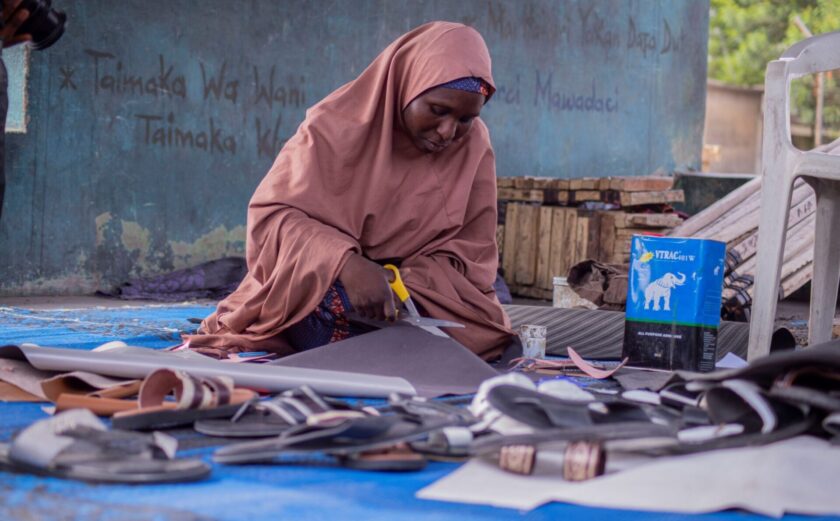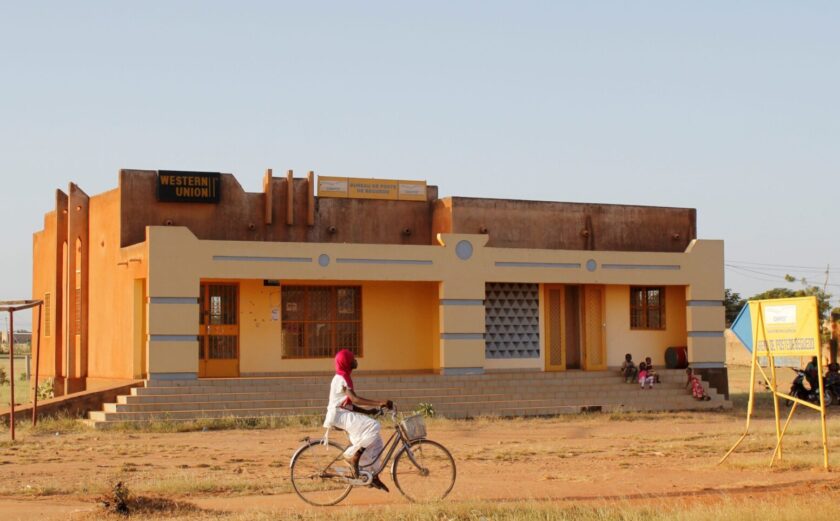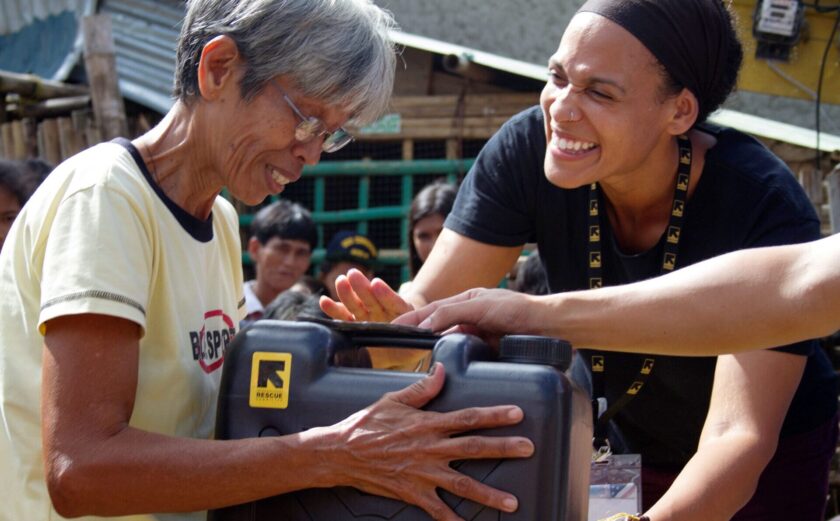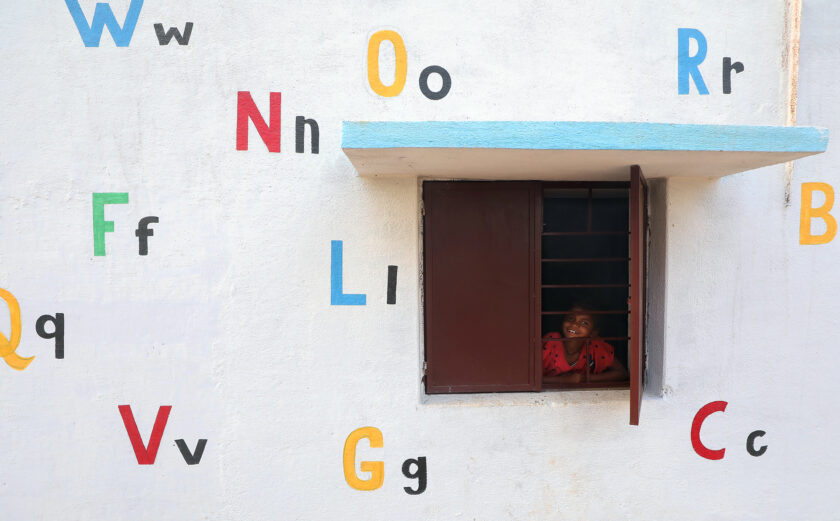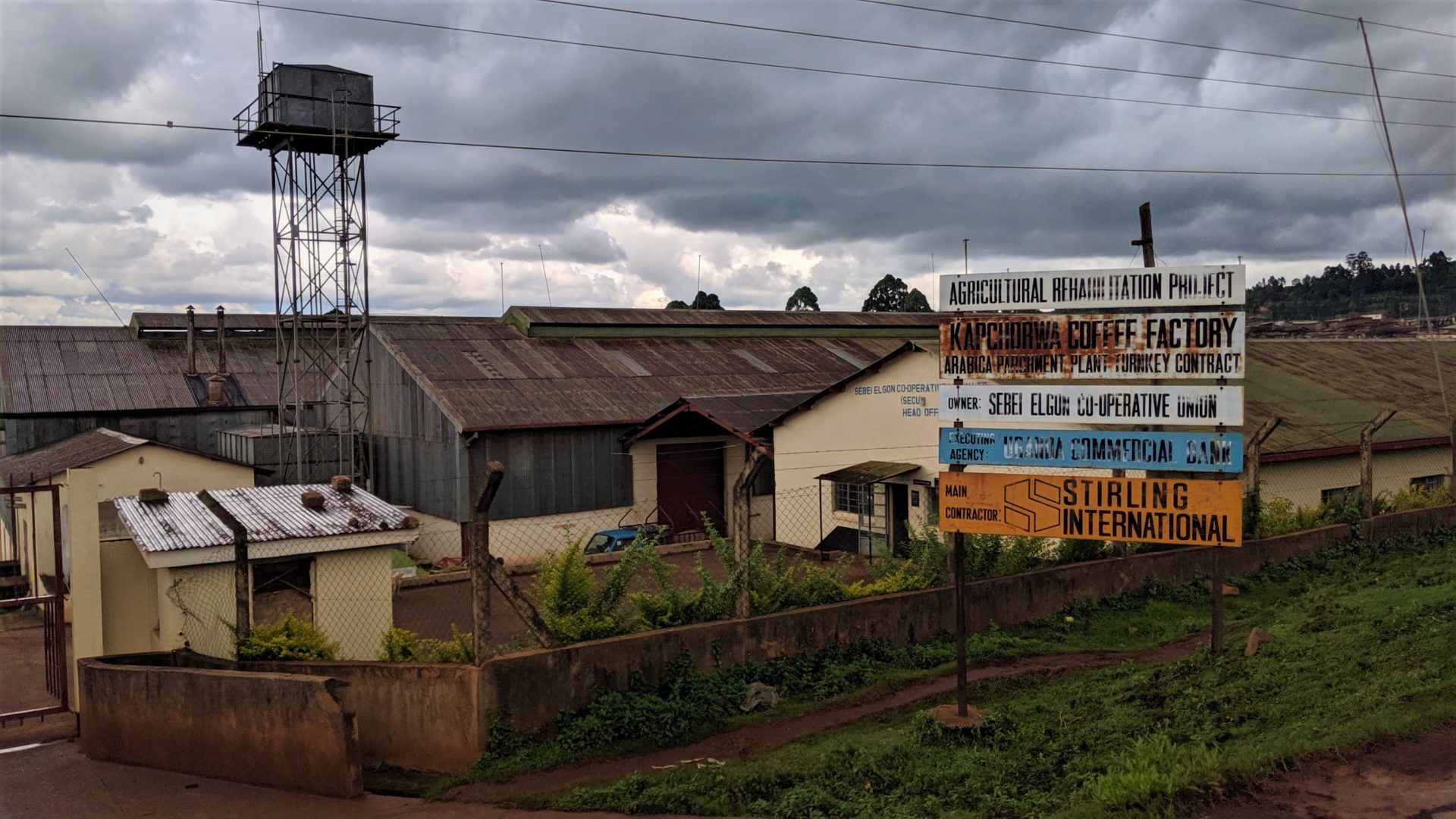
5 Questions About InterAction’s Work with IFAD in East Africa
Under a two-year partnership with the International Fund for Agricultural Development (IFAD), InterAction is working with agricultural advocacy organizations in East Africa to improve their support to cooperatives and small-holder farmers and producers.
This project is part of InterAction’s efforts to promote capacity building around agriculture and advocacy, as well as our work to encourage the type of networked learning that InterAction and our Members practice.
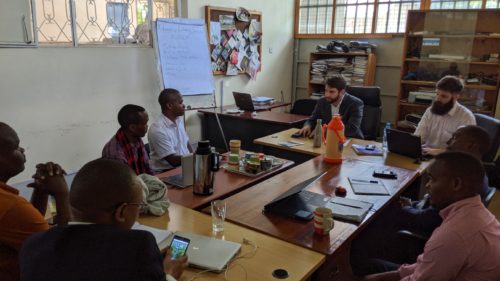
1. What is the purpose of the project?
We have three core objectives:
- Help local farmers’ and producers’ cooperatives become more strategic advocates for agricultural development, with a focus on strengthening the collective voice of rural farmers and producers.
- Help agricultural advocates improve their use of data to support their policy and advocacy work.
- Share knowledge and experience across all three focus countries: Uganda, Tanzania & Rwanda.
We’re working with the Agricultural Non-State Actors Forum (ANSAF), a member-led forum for civil society focused on improving agriculture outcomes for people living in poverty in Tanzania. Our strategy is to support umbrella organizations as well as their members, which are generally agricultural cooperatives or alliances of cooperatives. We say farmers and producers because their member organizations include alliances of horticulturalists, fisherfolk, hunter-gatherers, and beekeepers. In both Uganda and Rwanda, we’re in the process of identifying the right partner and approach.
2. What is IFAD?
IFAD is one of the United Nations’ three Rome-based agencies, all of which are focused on food security and agriculture, though in different ways. At the core, IFAD is a financial institution—a fund—that works directly with governments to target support to smallholder farmers and producers to improve outputs and achieve food security, with the belief that “the starting point for a world without poverty and hunger, is the rural world.” Since 1978, IFAD has provided over US$21 billion in grants and low-interest loans to projects that have reached almost half a billion people around the globe. InterAction’s partnership with IFAD goes back to 2009 and covers a range of advocacy-related topics in East Africa.
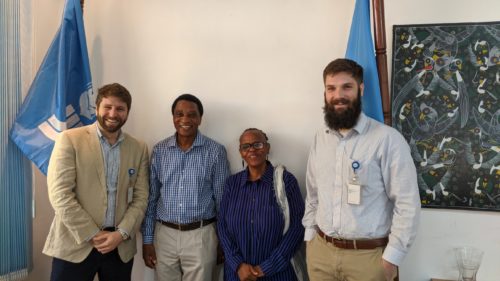
(L to R) The author, Tanzania agricultural expert Dr. Sizya Lugeye, IFAD Tanzania representative Dr. Mwatima Juma, InterAction’s Ben Bestor at IFAD’s offices in Dar es Salaam, Tanzania
3. How does this work leverage InterAction’s unique capabilities?
This project taps InterAction’s experience working in policy and advocacy, collaboration through our working groups, and knowledge sharing through our events, on behalf of IFAD and our partners. We’re pleased to have the opportunity to partner with fellow alliance organizations and are eager to help advocacy groups work more effectively on behalf of their members and their members’ members.
4. What has this project accomplished to date?
While the project is still in early phases, we have a few early successes that we are eager to share:
- Re-invigorating a partnership. We’ve re-established our relationship with ANSAF, which we worked with on a previous IFAD-funded grant under different leadership. We’re taking a modified human-centered design approach to building the project, with opportunities for collaboration, learning, and iteration throughout. This approach gives us and our partners the opportunity to manage adaptively, taking new information and local political developments into account and ensure decision-making is bottom-up and responsive to the facts on the ground.
- Field visit. InterAction visited ANSAF in late October to solidify the partnership and meet some member organizations to learn who these organizations are, meet their representatives, and discuss their key challenges to agricultural advocacy are. Our experience is that face-to-face engagement is key to developing a grounded understanding of the problem, possible solutions, and how to get from one to the other. On this particular trip, Ben Bestor and I took the opportunity to assess the advocacy and data capability in focus groups and interviews with agricultural cooperatives in Arusha, Tanzania, which ended up challenging some of our key assumptions about current capabilities, adoption of new technologies and data, and where InterAction might be able to help.
- Member assessment. We want our partners and their members to get the best training possible in advocacy and data for advocacy. That means we need to customize and tailor the approach to each organization, or groups of organizations delineated by capability. To determine where these organizations’ capabilities currently stand, InterAction is conducting an assessment of our partners and their members. We’re looking at how they use technology, how they use data, how they engage their own members, how they work with government, and asking them to self-assess their needs in these areas.
5. What’s next for the project?
We’re working closely with InterAction’s Sara Nitz to analyze the results of our assessment. Based on what we find, we’ll work with our partners to define the type of training we’ll be conducting; not just the content, but also modalities like grouping of participant organizations, choosing the right venue and location, pacing, and more. We hope to deliver our first trainings in April to our partners, but—as we’re being adaptive—we need to learn a bit more before we’re ready to define that aspect of the project.
In the field, ANSAF is beginning to engage their members around one of the key components of the project: establishing bottom-up advocacy priorities at the district and national level in each country, to determine what small-holder farmers and producers need to thrive. We’re looking forward to seeing the results of this engagement process.
Down the road, we’ll be returning to the topic of Uganda and Rwanda and finding partners there, knowledge sharing, and finding opportunities for collaboration between all three countries. Whatever happens, we’ll be sharing it here on the blog. Thanks for reading!
